We teach our kids ways to learn academically and tips to stay healthy. I am often reminded at home and in my classroom that children need strategies, tools, and practice to build skills to manage, cope, and thrive within their emotions too.
Raising children with a mental health toolbox will serve them their entire lives. The key is introducing and practicing these tools before an issue develops, if possible, but it’s never too late.
Scroll below to teach kids how to handle their big emotions, then hop over to become a VIP Plato Pack member so you can get all of the tools, strategies and support you need to reach ALL of your learners.
This post contains Amazon affiliate links.
Teaching Kids How to Handle Big Emotions
Please note: If anxiety is a chronic issue for your child, never hesitate to check it out with your pediatrician.
I was thrilled that the movie Inside Out got kids really thinking about the emotional side of their brains and body. I have to remind myself to allow my kids the space to feel sad or mad or frustrated without wanting to fix it for them or prevent it from happening altogether.
When helping kids build a mental health toolbox, the seven strategies I teach them are:
Deep Breathing
Kids take a deep breath in through the nose, hold 4-5 seconds, and release slowly through the mouth. Bubble blowing is a fun way to practice. Teach your child how this slows the inside of their body down a little bit.
Deep breathing is a handy tool for many emotions, building patience, falling asleep, etc. It’s great for parents too!
Art Therapy
It’s amazing to me what children can express through drawing when they can’t find the words. Ask your child to draw their mood or how they are feeling. Instead of having them tell you about a conflict, ask them to draw it. Pick an emotion word and decorate it.
Coloring is a therapeutic activity. Have you noticed the rising popularity of calming coloring books for teenagers and adults?
Exercise
Nurture a positive mood by physical activity. Our favorite is to crank up music and dance like nobody’s watching! Point out to your child that our bodies release endorphins when we exercise {they’ll love knowing a new, big word!} that make us feel good.
Journaling
You can go many ways here, depending on your child’s needs and age. An anxious child may feel good about writing down their worries. Or teach your child to focus on the positive by starting a gratitude or happy journal.
You can also combine art with journaling. For early writers, have them tell you what words to write down. Read it back to them now or talk about it after they’ve had time to regroup.
Talk Back
There is a time we want our kids to talk back… to their negative or worrisome thoughts. Tell that thought “No!” and follow it with a positive statement or action. For example, instead of thinking, “I won’t make any friends in my new classroom” kids can talk back and say, “No! I will make friends. I will ask some kids to swing with me.”
Humor
Humor is my personal favorite tool. My middle child loves to watch silly animal videos. It’s an instant mood lifter. Or sometimes we play a game we call “fake laugh”. We literally fake laugh as hard as we can until inevitably we start laughing at our ridiculous fake laughs. Our mood is boosted immediately.
Transparency
Finally, be as transparent as appropriate by sharing your own emotions, anxieties, fears, and the tools you use to cope, manage, and thrive. I forget this sometimes. I want my kids to know being “normal” isn’t being “perfect”. Being “perfect” isn’t real. Emotions are a beautifully complicated, imperfect part of life.
Find More
I’m a fan of the emotions series by psychologist Dawn Huebner and especially like her book, “What to Do When I Worry Too Much”.
For more learning activities for kids, join the most valuable teaching membership for pre-K, kindergarten and first grade teachers: The Plato Pack!
Playdough to Plato is a participant in the Amazon Services LLC Associates Program, an affiliate advertising program designed to provide a means for sites to earn advertising fees by advertising and linking to Amazon.com.


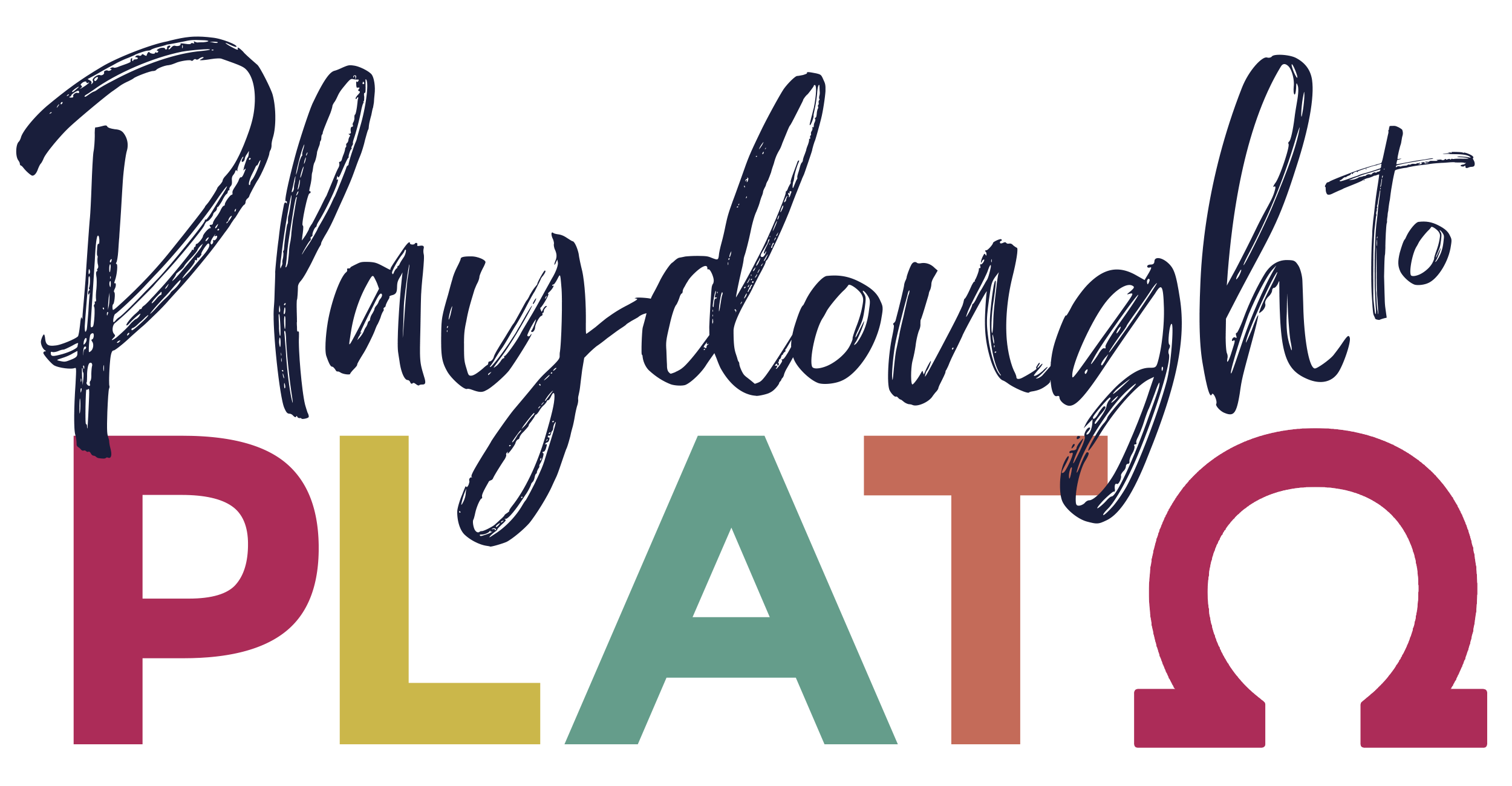
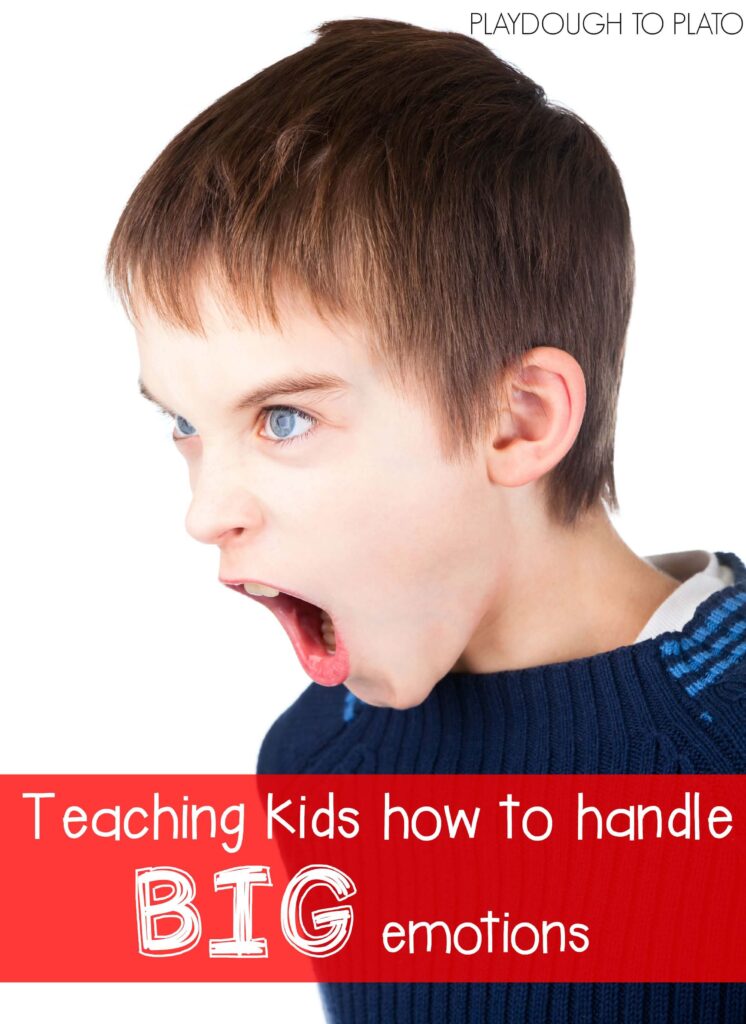
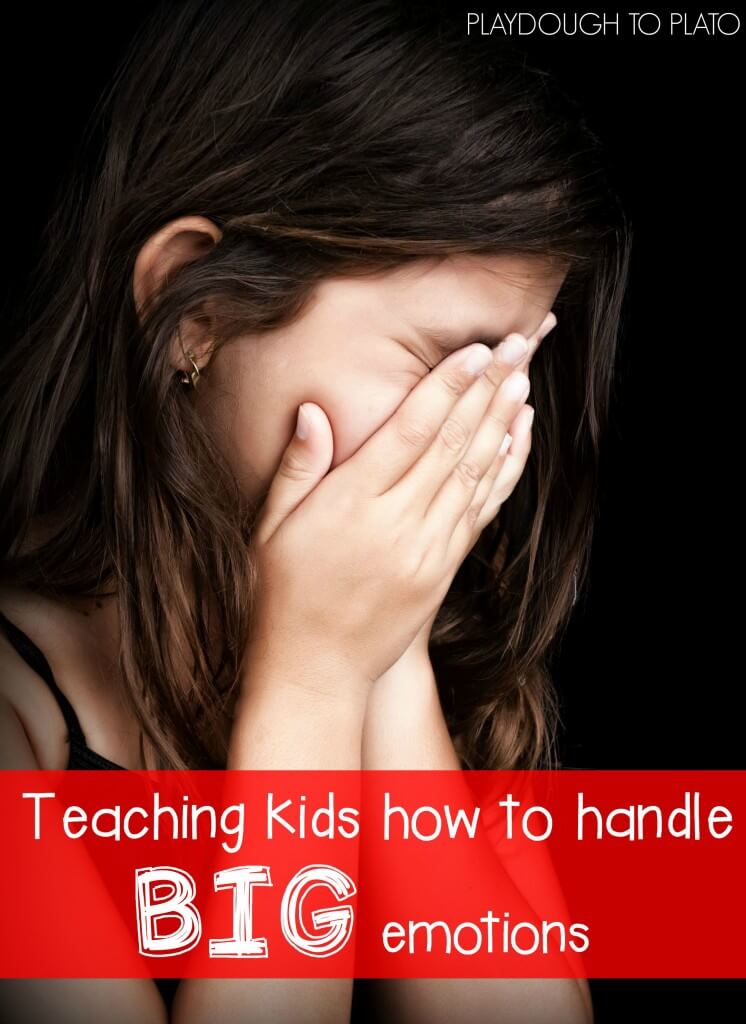
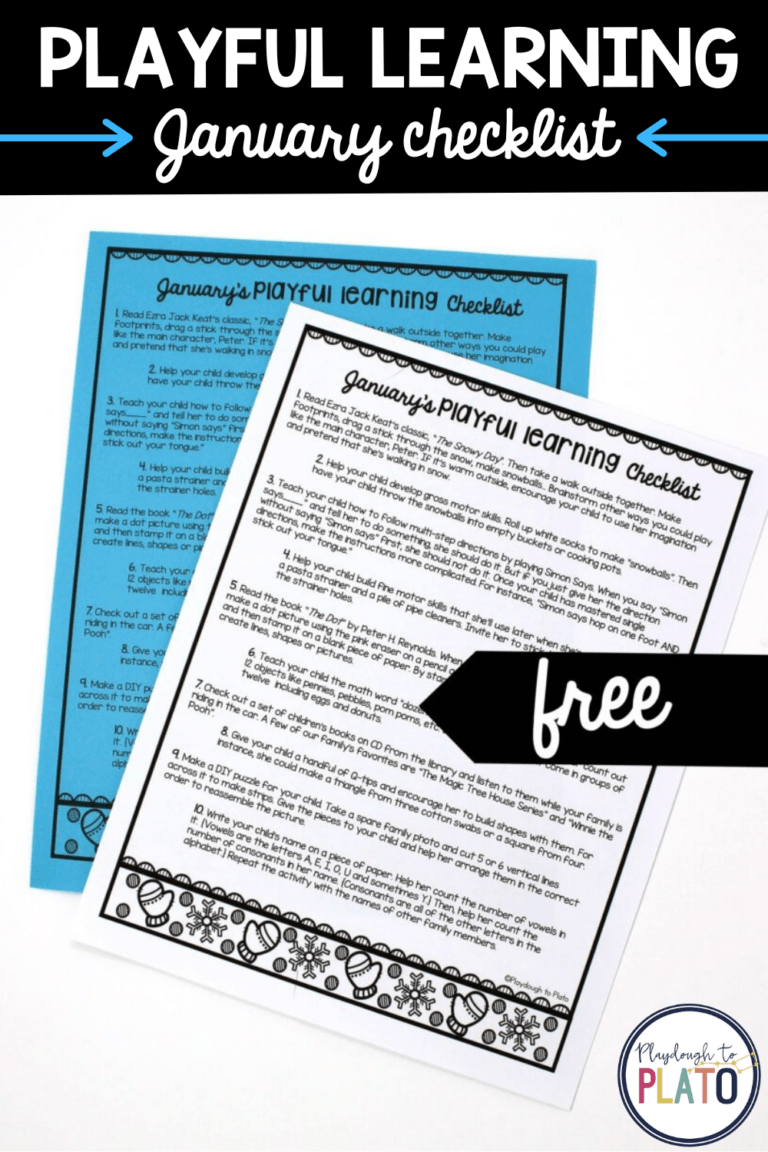
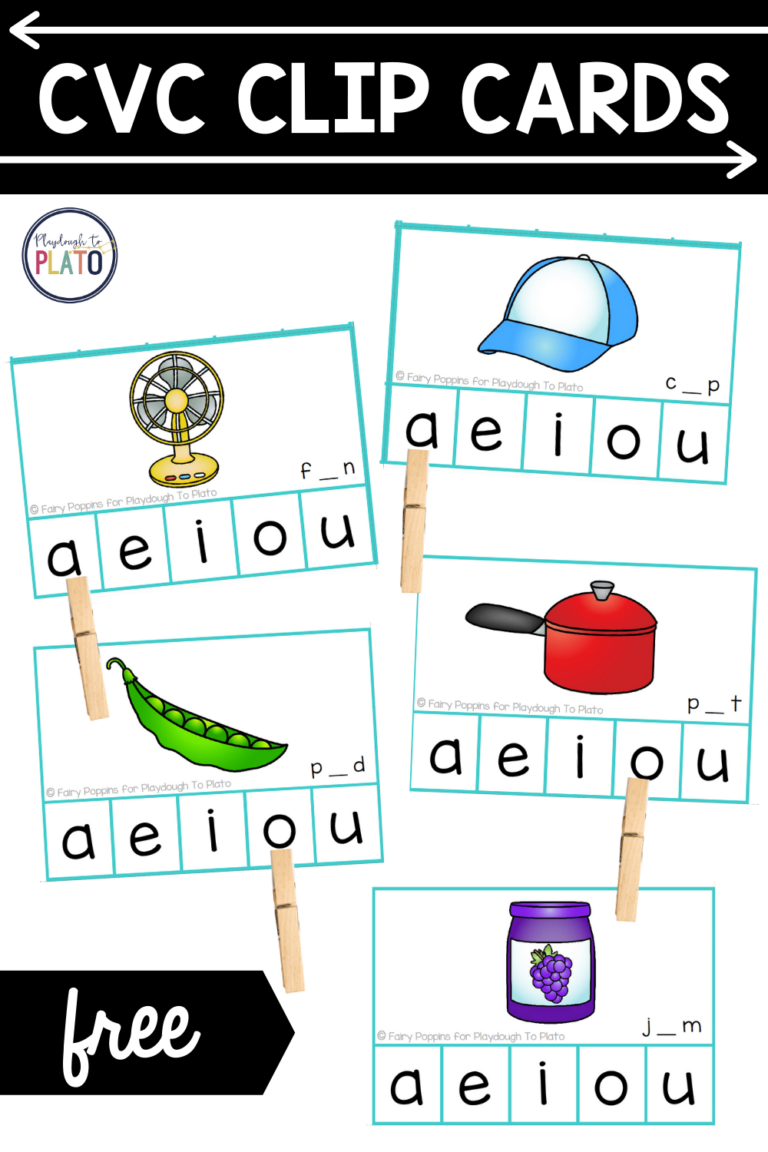
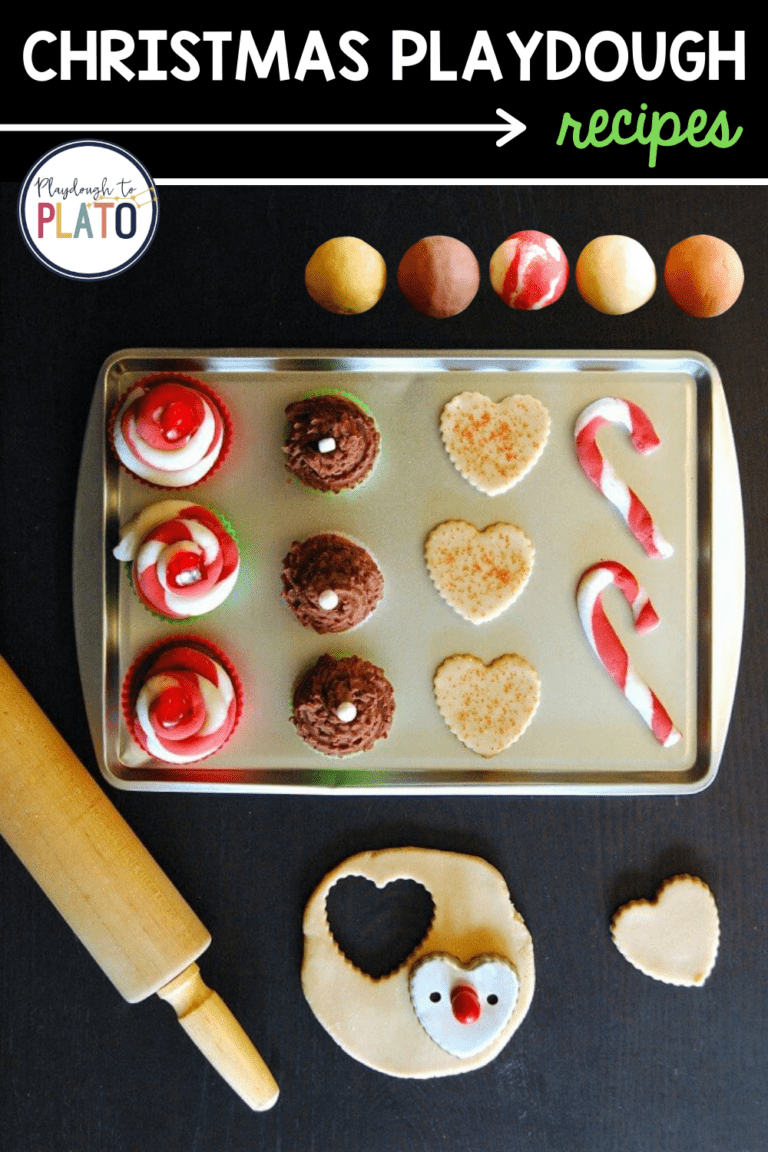
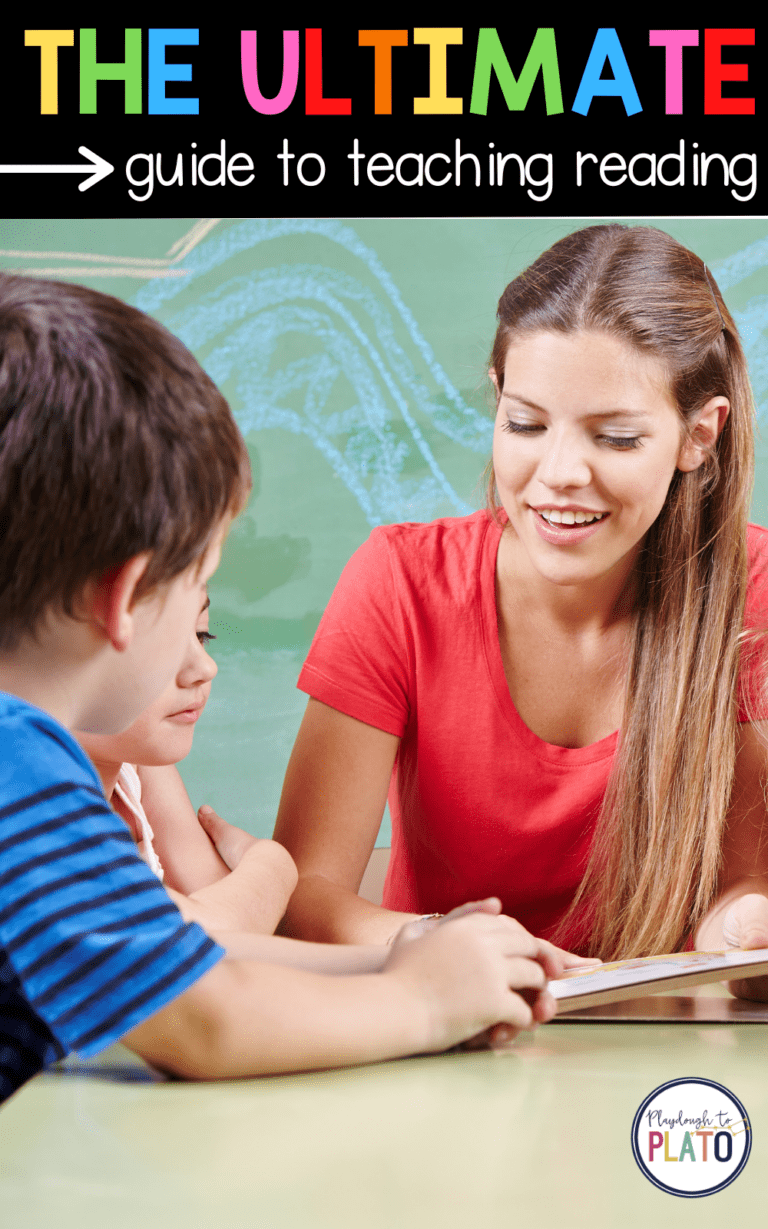
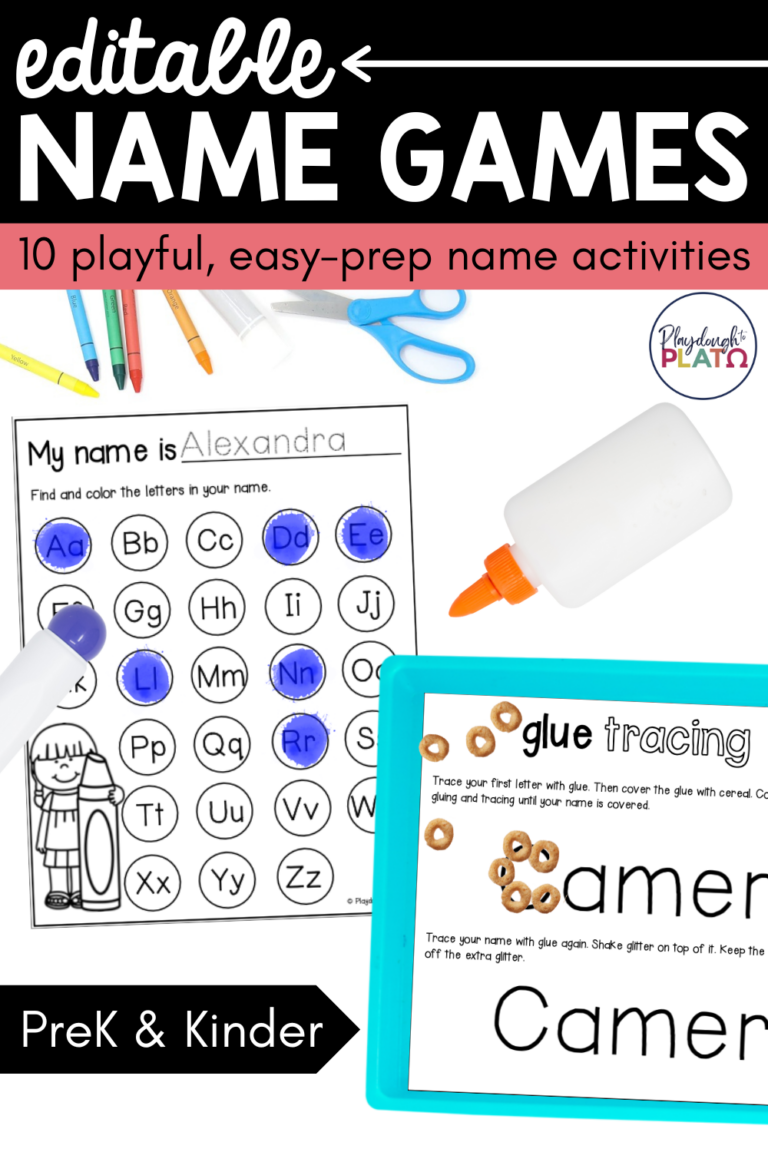
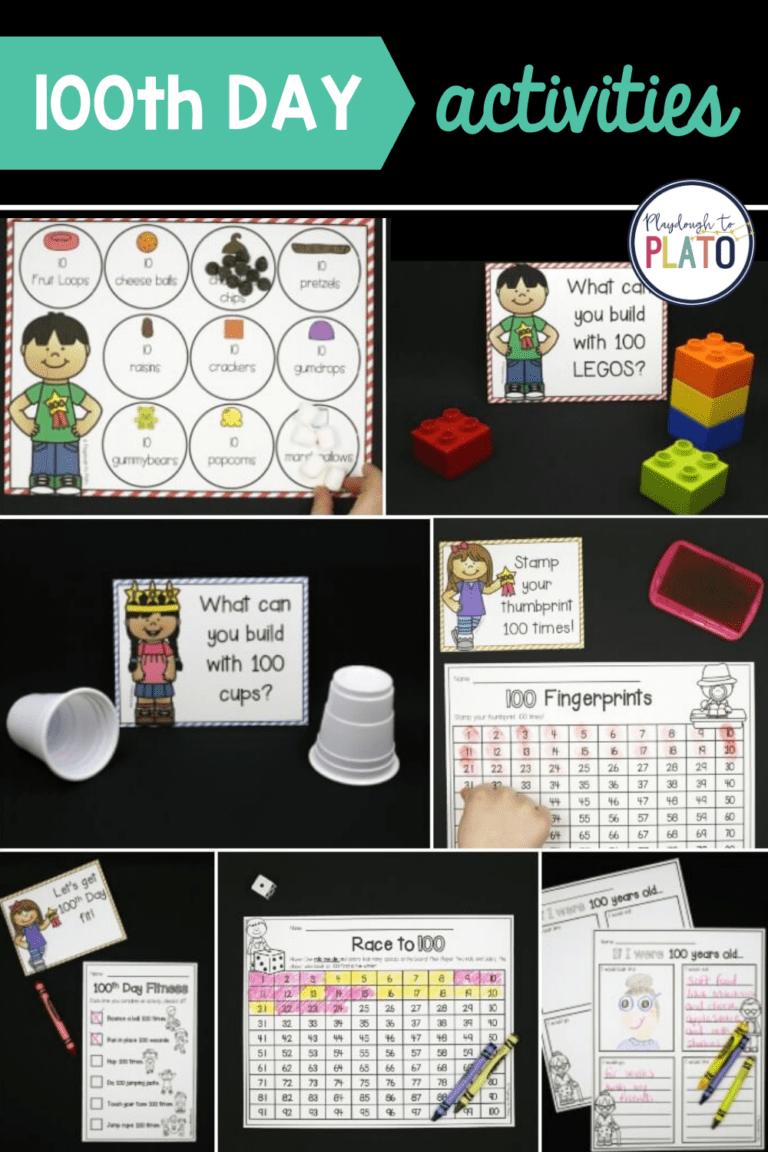
Awesome post, thanks, Malia!
It is very important to teach children to process their emotions, contributing to the formation of a child’s personality. But for some parents, they seem to forget this.
I’m so glad you found this post helpful! It really is so important for children to understand their emotions and they do need help to do it!
Sarah // Playdough to Plato Team